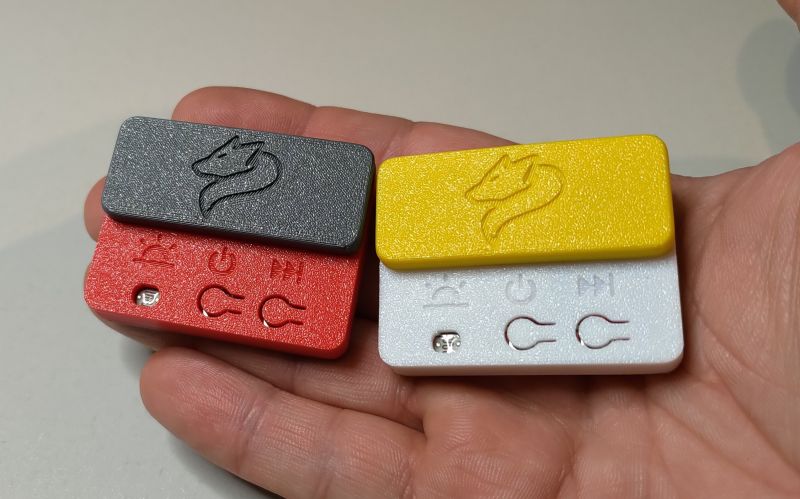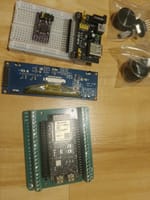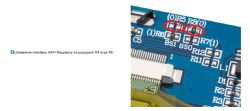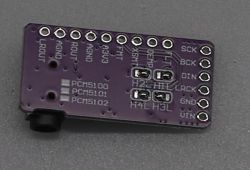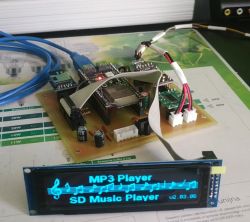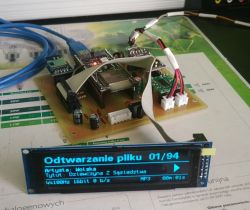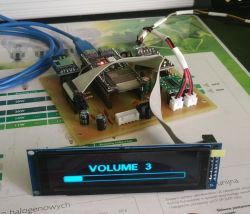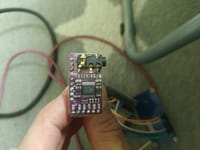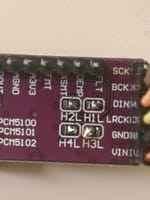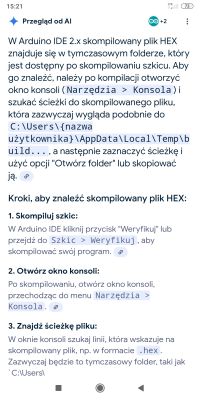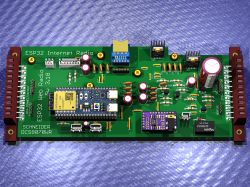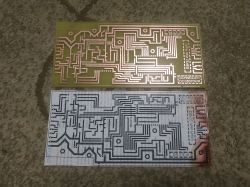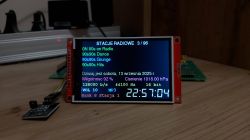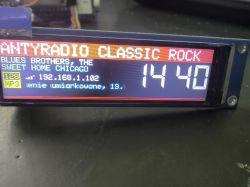A small step forward, for now just the ILI9488 screen + ESP32 S3 dev module + PCM5102A + IR receiver.
The screen is capacious, size 3.5 inches , so it holds everything. I have a little trouble with it, because I think something is not working on the SPI bus (and there is also a card reader running) and it can crash after some time and there is only white backlight.
I haven't managed to fire this screen up with some ready-made library for it and I have all the init and control in the main sketch file under the Arduino IDE and there I'm sure I'm getting errors or missing some parameters to send. Maybe someone can throw up some battle tested code to control it?
https://github.com/sarunia/ESP32_internet_radio_v3
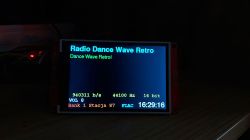

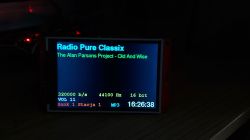 .
.
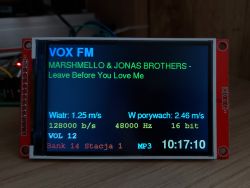
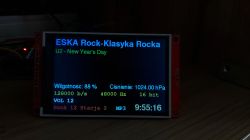 .
.
The screen is capacious, size 3.5 inches , so it holds everything. I have a little trouble with it, because I think something is not working on the SPI bus (and there is also a card reader running) and it can crash after some time and there is only white backlight.
I haven't managed to fire this screen up with some ready-made library for it and I have all the init and control in the main sketch file under the Arduino IDE and there I'm sure I'm getting errors or missing some parameters to send. Maybe someone can throw up some battle tested code to control it?
https://github.com/sarunia/ESP32_internet_radio_v3


 .
.

 .
.



